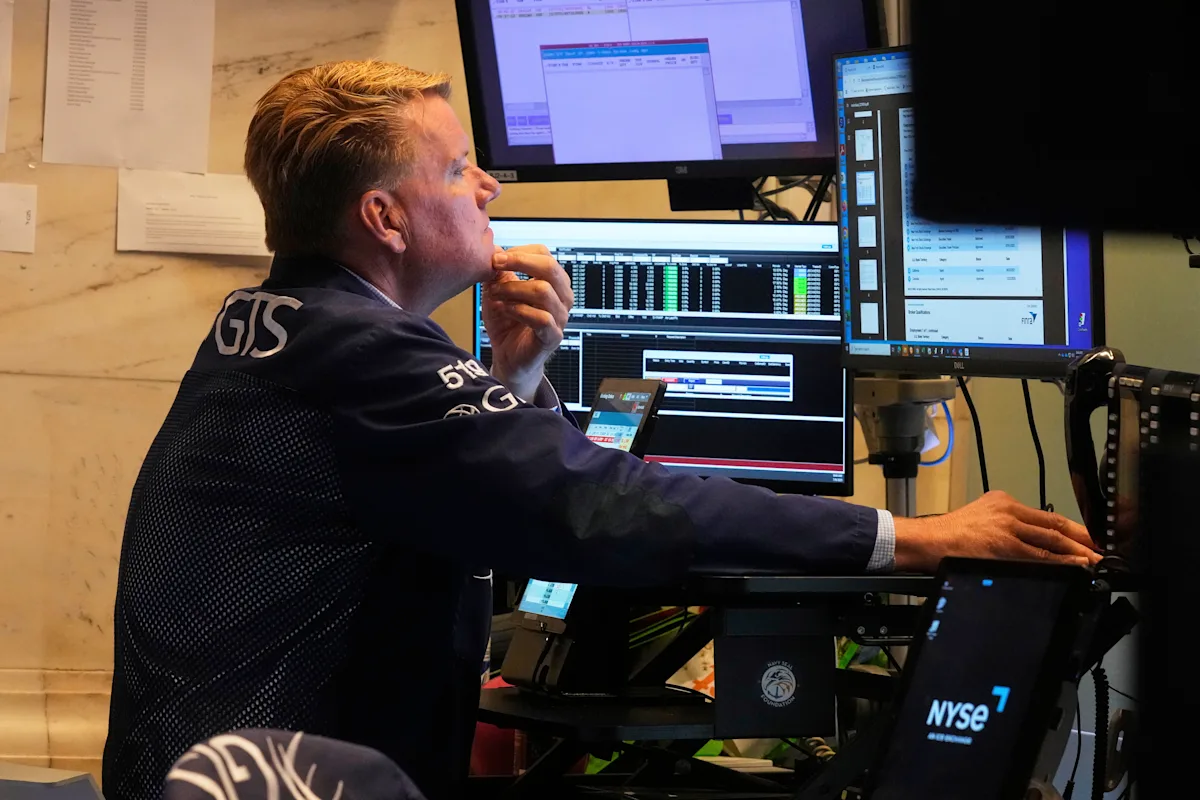
Where have all the dividends gone?!
How did your country report this? Share your view in the comments.
Diverging Reports Breakdown
Where have all the dividends gone?!
Dividends are now within 20 basis points of their all-time low, according to fresh research from Deutsche Bank strategist Jim Reid. The lows were reached in the tech bubble of 2000, when everyone was paying up for growth and couldn’t care less about dividends. But a market fueled by buybacks rather than a steady stream of dividends has risks, Reid said. “If a downturn hits, buybacks will stop far more quickly than dividends, potentially pulling away a key pillar of market support,” he said. The Takeaway: Corporate America appears to be doing the same as it plows cash flow into AI investments and share repurchases.
The chart of the day
What we’re watching
What we’re reading
Economic data releases and earnings
Remember dividends?
You know, the check you used to collect every quarter for holding a share of a company? I say “used to” as you have probably long moved on to chasing growth stocks with no dividend checks, such as Nvidia (NVDA). I get it — why hold out for a measly dividend check four times a year when you can get rich overnight from a blowout quarter from Nvidia or fellow momo name Palantir (PLTR)!
You aren’t alone in forgetting about dividends — Corporate America appears to be doing the same as it plows cash flow into AI investments and share repurchases. (I hate repurchases, but that’s a story for a different day.)
Here’s the context on this one.
S&P 500 (^GSPC) dividend yields are now within 20 basis points of their all-time low, according to fresh research from Deutsche Bank strategist Jim Reid. Those lows were reached in the tech bubble of 2000, when everyone was paying up for growth and couldn’t care less about dividends (sound familiar?).
There is an important historical consideration to this, Reid notes.
Prior to 1958, dividend yields were consistently higher than government bond yields. Stocks were viewed as super risky — lacking diversification, regulatory oversight, and corporate transparency. Investors demanded a high dividend yield as compensation for those risks.
Moreover, dividends often enjoyed more favorable tax considerations than today, helping to cement the view that income was the most reliable path to long-term prosperity.
Fast-forward to 2025, and companies are eschewing dividends for buybacks. Can you blame them? Share repurchases boost EPS, the same EPS that is often tied to executive bonuses. Further, higher EPS can support a higher stock price. Double bang for the buck!
But a market fueled by buybacks rather than a steady stream of dividends has risks, Reid said.
For one, buybacks are more discretionary. I am very keen to see if companies were still aggressive buyers during the second quarter amid the Trump trade turmoil or if they pulled back.
Second, buybacks tend to occur more often at market tops than bottoms. That means companies are buying stock at the top, which could lead to a poor return on investment for shareholders.
And three, buybacks encourage short-term thinking by managers.
“So does a near-record low dividend yield matter? Not while companies are flush with cash and happy to repurchase their own stock,” Reid said. “But it does make the US market more high beta. If a downturn hits, buybacks will stop far more quickly than dividends, potentially pulling away a key pillar of market support.”
Source: https://finance.yahoo.com/news/where-have-all-the-dividends-gone-123021534.html
